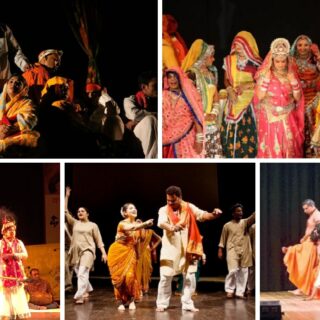The End and the Future of Theater
The first obituary of the theater was written in the 1920s when the talkies ushered in a new era of entertainment. But not only did the theater survive the competition from cinema, the Broadway Book Musicals became a billion-dollar industry around the time. The first real blow to small regional and off-off-Broadway theater came from the television in the 1960s when a television set became a household item. But that did not stop Tennessee Williams and Arthur Miller from writing great plays. They forced the audience to return to the theaters. Harold Pinter, Beckett, Albee, and more recently Mamet created scintillating works for the stage despite the competition from the cinema and the television industry. The competition challenged theater to become more daring and intelligent.










